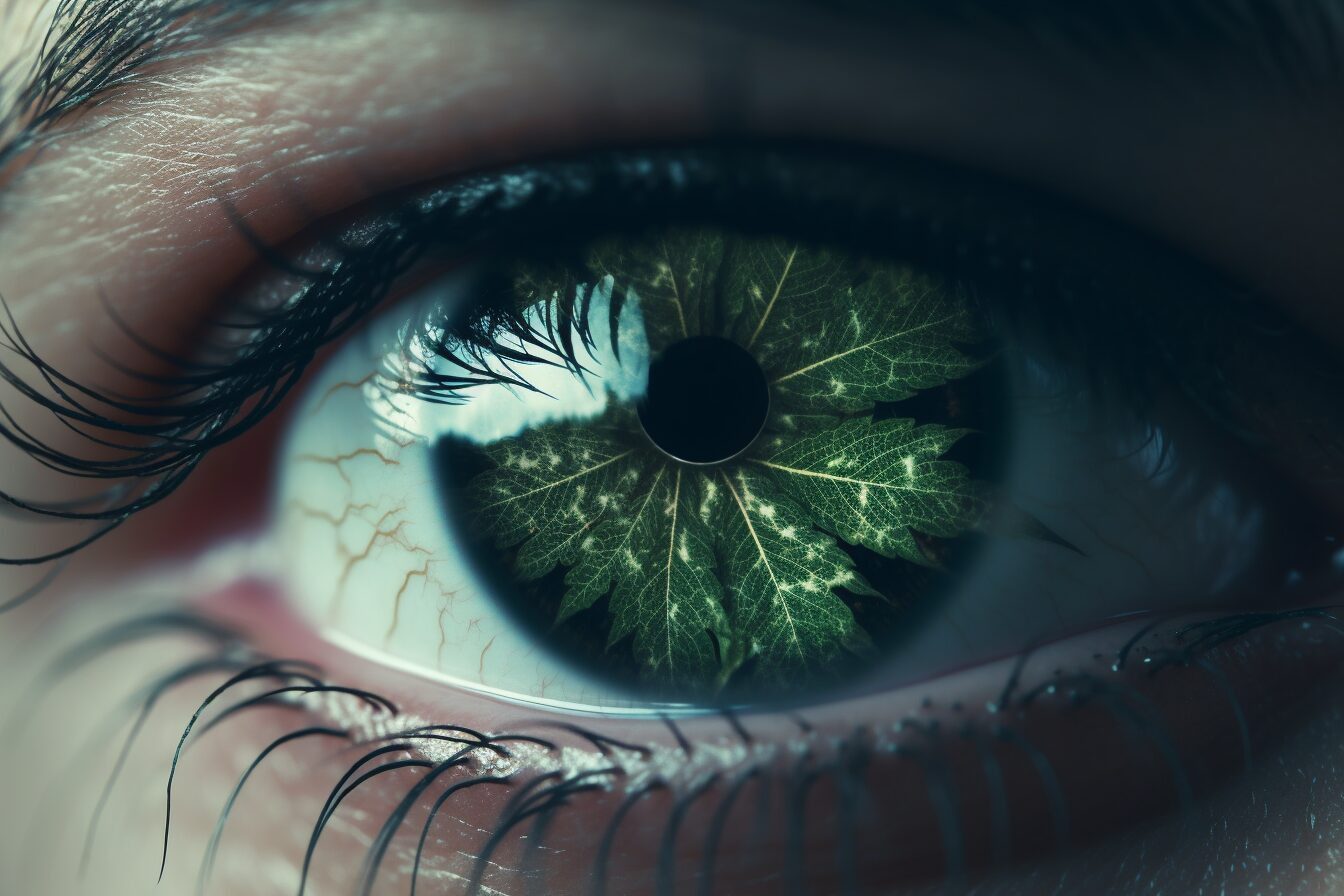How Visually Impaired People Experience The Cannabis Industry
What would you do if you woke up one day to discover you had lost your vision, for 43 million people globally, living with blindness is a reality. 295 million have moderate to severe visual impairment and that’s no small number of people. While there aren’t any stats I could find on how many stoners are also blind or visually impaired, it did raise a question. How do the visually impaired navigate their relationship with cannabis?
The Dispensary Experience
When you first walk into a dispensary, you’re typically met with a pungent aroma of cannabis. You can tell a lot about the bud by how it smells, especially when visual inspection isn’t an option. What happens when you’re not able to let your consumers smell the products? I’ve seen it all too often where you can look at it, but you can’t touch, smell, or use any other sense to determine what you want.
Doesn’t this leave out an entire group of adult consumers?
I get that sometimes you just can’t offer certain accommodations for whatever reason. However, it’s easy to put together an audio or tactile menu that describes scent notes and terpenes. This information needs to be available, especially when you don’t allow consumers to smell the flower beforehand.
Let’s say you take the bud tender’s word for it. But then you face another problem. You have no way to know which strain is which, or which gummy was meant for sleep. There’s no way to know THC% if it’s a pre-roll, a blunt, or a vape. This seems like a pretty big issue, doesn’t it?
I’m sure you’re starting to see the problem here. After all, what good is an edible if you can’t reliably dose it yourself? This doesn’t mean you need to rebrand entirely, but there are things you can do to help. Most of which are in the packing and labeling department.

Branding for the blind
The first thing that comes to mind is tactile branding—making your brand feel different from others, literally. This can be as simple as adding a raised or textured logo to your products. The goal is if you close your eyes, you’d be able to feel your product or packaging and know it’s yours. It’s about adding some unique feature that to the sighted person is a fun Easter egg or unique aspect of the design. To a blind or visually impaired person, that is how they identify your brand.
Another great option is adding braille to your labels for strain info like THC% or how to find COAS, etc. Like I mentioned before, if the packaging is smooth, there is no way to know where the QR code is on the label for the COA. This leaves the safety and legitimacy of the product a big question mark to the consumer. Unless they have someone around to help.
Let’s be honest though, no adult blind or not wants to be reliant on someone else to dose their medicine.
The easiest and most cost-effective way to create these labels is with a hand-braille labeler. This could even be done at a dispensary level, printing the strain name, THC% or MG, and dots to indicate the corners of the QR code for the COA. This doesn’t seem like much for those of us who have sight, but when you remove that from the equation you realize the cannabis industry is designed 100% for the sighted cannabis user. That becomes even more obvious when you start looking at the products themselves
Safe Dosing Practices
Some edibles are 25 mg and higher per piece. That alone would knock some people into next week much less someone with a lower tolerance. If the edible is 100mg brownie and the dose is ¼ how can a blind person know they are supposed to quarter it? How do you safely and consistently dose yourself when you can’t see the product?
This solution in this instance is simple, doses need to be separate. At the very least dispensary staff need to know how to assist visually and physically impaired people in navigating cannabis products that are designed to be easy to consistently and safely dose.
That doesn’t mean it stops there. Tinctures are the same way there isn’t a great consistent way for visually impaired people to be consistent with their dosing. When you look at the majority of cannabis products they are designed to be fun to see. We have forgotten that some people don’t experience cannabis that way. This just places a barrier between them and plant medicine.
What Does This Mean?
The goal anytime anyone has a disability whether it’s mental, visual, or physical is to maintain independence. This is critical because a disability doesn’t change the fact that you’re a person and a unique individual. It just means you function differently in society.
The cannabis industry is still in its early stages in the US and some aspects need to catch up. It appears as though this is a rather larger gap in consumers who are missing out on the benefits of plant-based medicine. It’s time for at the very least dispensaries to start bridging this gap for their customer.

